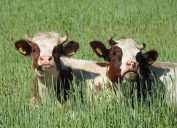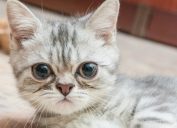Why Cow Tipping Is Bogus—and Other Popular Animal Myths
No, kissing a frog won’t give you warts.

Everyone knows someone—or knows someone who knows someone—who's tipped over a cow. (Bonus points if said tipping tale involved a night of heavy drinking.) Thing is, all of those yarn-weavers are unwittingly peddling one of the greatest urban—err, rural—legends of all time. Fact: It's impossible for a human being to push over a dairy cow. The laws of physics will not allow it.
But cow tipping isn't the only major animal myth that's been widely propagated over the years. Dogs only see in black-and-white? Owls can turn their heads a full 360 degrees? Elephant trunks are basically giant straws? Yeah, it's all totally bunk. Read on for the proof. And for more trivia that will totally upend your world, check out these 100 Mind-Blowing Facts We Bet You Didn't Know!
1
It's possible to tip over a cow. (Sorry, it's a load of bull!)

According to one widely reported study conducted at the University of British Columbia, it would take five people to produce enough energy to tip a cow off its feet—and that's only if the cow's legs stayed locked. Given that a) cows don't sleep on their feet, and b) they don't make a habit of just rolling over when people start shoving them, city slickers who believed they might one day have a chance to prove their brawn by bowling over a bovine can kiss that dream goodbye.
Also, as Modern Farmer points out, there's not a single video on YouTube ("the clearinghouse of human stupidity") showing humans pushing over a cow. If that's not nail-in-a-coffin proof, we don't know what is. And if you're just looking for an easy laugh, see these 50 Animal Puns That Are Seriously Amoosing.
2
Ostriches bury their heads in the sand

You're actually much more likely to find an ostrich playing possum than digging its skull into a sand dune. As the San Diego Zoo explains, if this big bird feels threatened, it will drop down to the ground and stay very, very still. Its neutral-toned head and neck tend to blend in with the sand, which gives the ostrich the appearance of its head being buried in the sand.
3
Porcupines can shoot their quills long distances.

The good news: try as they might, porcupines (whose Latin name literally translates to "quill pig") wouldn't be able to shoot their quills very respectable distances at the shooting range. The bad news: they can still release their approximately 30,000 pokey prickles. According to National Geographic, the quills just have to be touched in order to detach, so you should still give these critters a wide berth.
4
Chameleons always change colors to blend in with their surroundings.
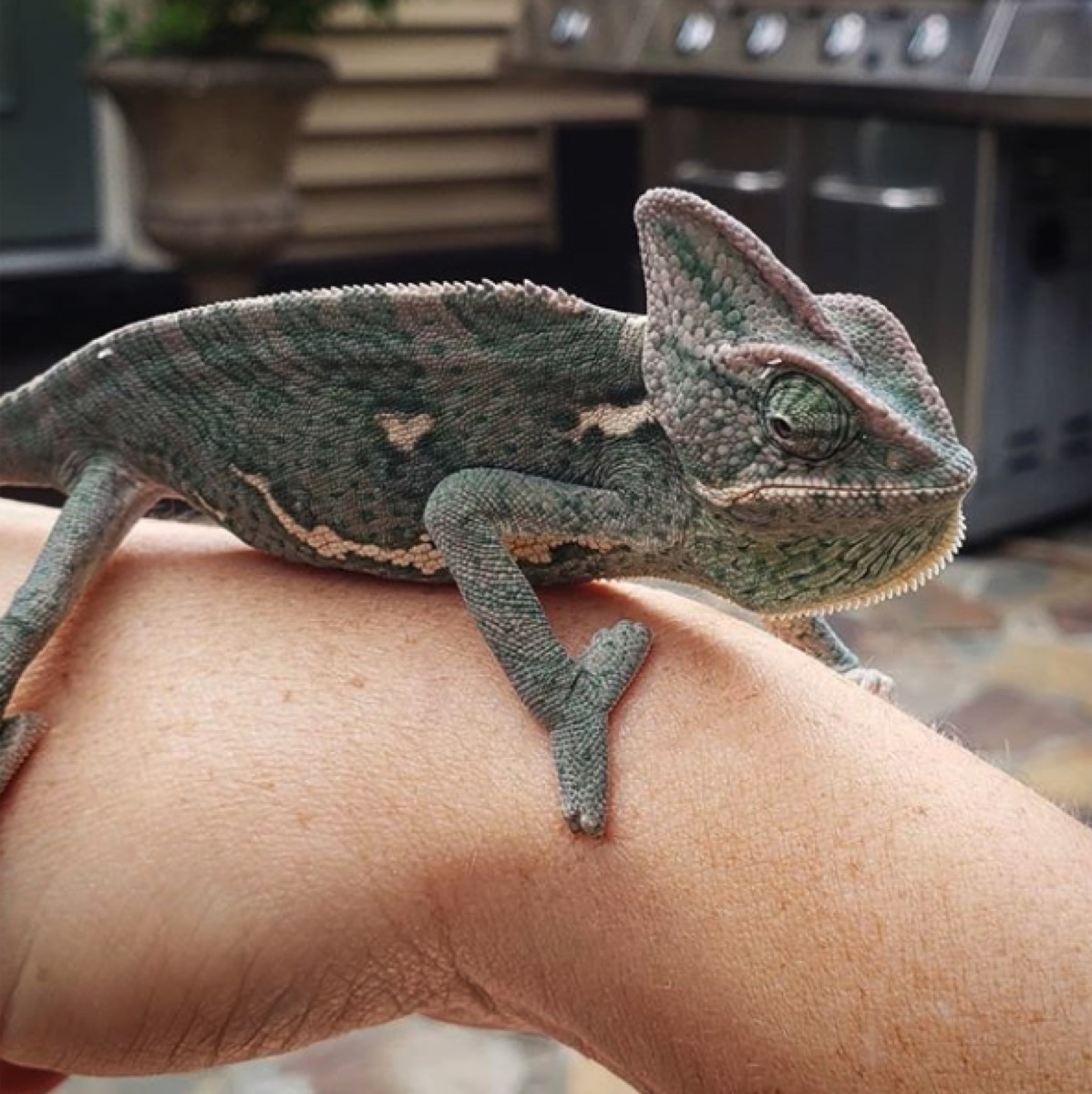
Most of the time, chameleons don't have to exert a lot of effort to blend in. In their natural state, chameleons often resemble leaves or branches, as Michel Milinkovitch, an evolutionary geneticist at the University of Geneva, told National Geographic. But there are also times when chameleons use their array of bright colors as social signals: two males might parade in their brightest colors to determine dominance, or maybe one male might flout his vivid coloration to attract a female, or maybe a may female use her own colors to indicate to a male that she's uninterested. (To that last one, we say: you go, girl!)
5
Dogs only see in black and white.
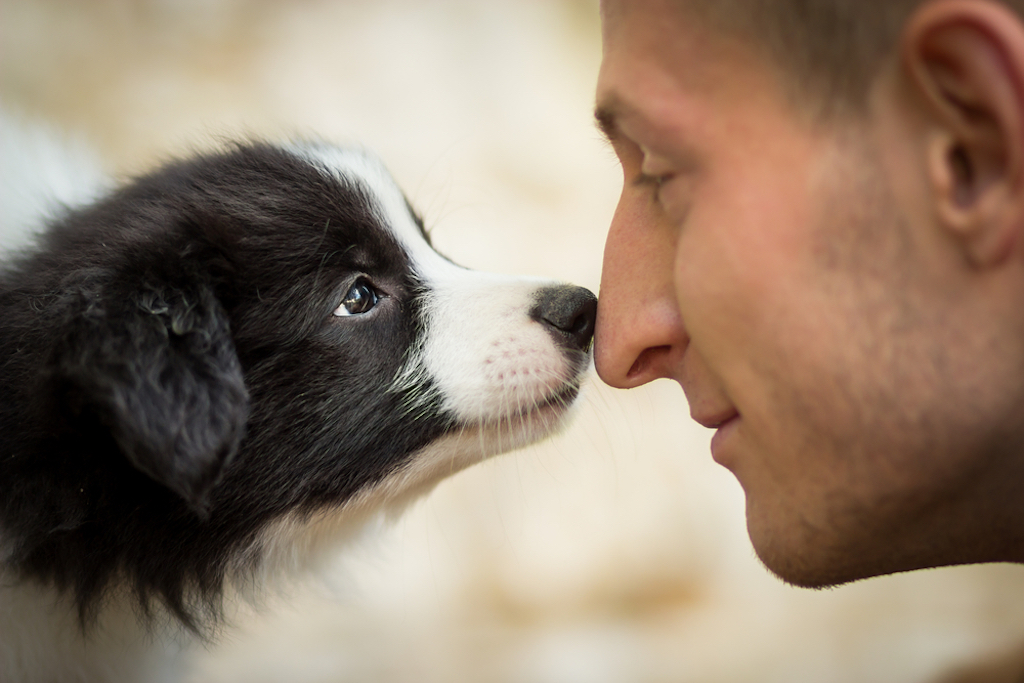
It turns out that your dog might have a favorite-colored collar, after all. But to be clear: canines can't see color the way that humans can. As the VCA Animal Hospitals explain, dogs only have two types of cones in their eyes, while humans have three types. (To keep the optometry explanations short and sweet: cones are a type of photoreceptor that aid in our perception of color.)
What's more, as a study published in Visual Neuroscience revealed, dogs have "dichromatic vision," which essentially means that canines can see color, but they can't pick up on all the colors we see—and the colors they can distinguish appear more muted. Yellows and blues are more likely to be seen by your pup, while reds and greens are muted. (In other words, Christmastime is a really boring season for dogs!) And while you're at it, meet these 50 Dogs So Ugly They're Actually Cute!
6
Head lice care if your hair is clean or dirty.
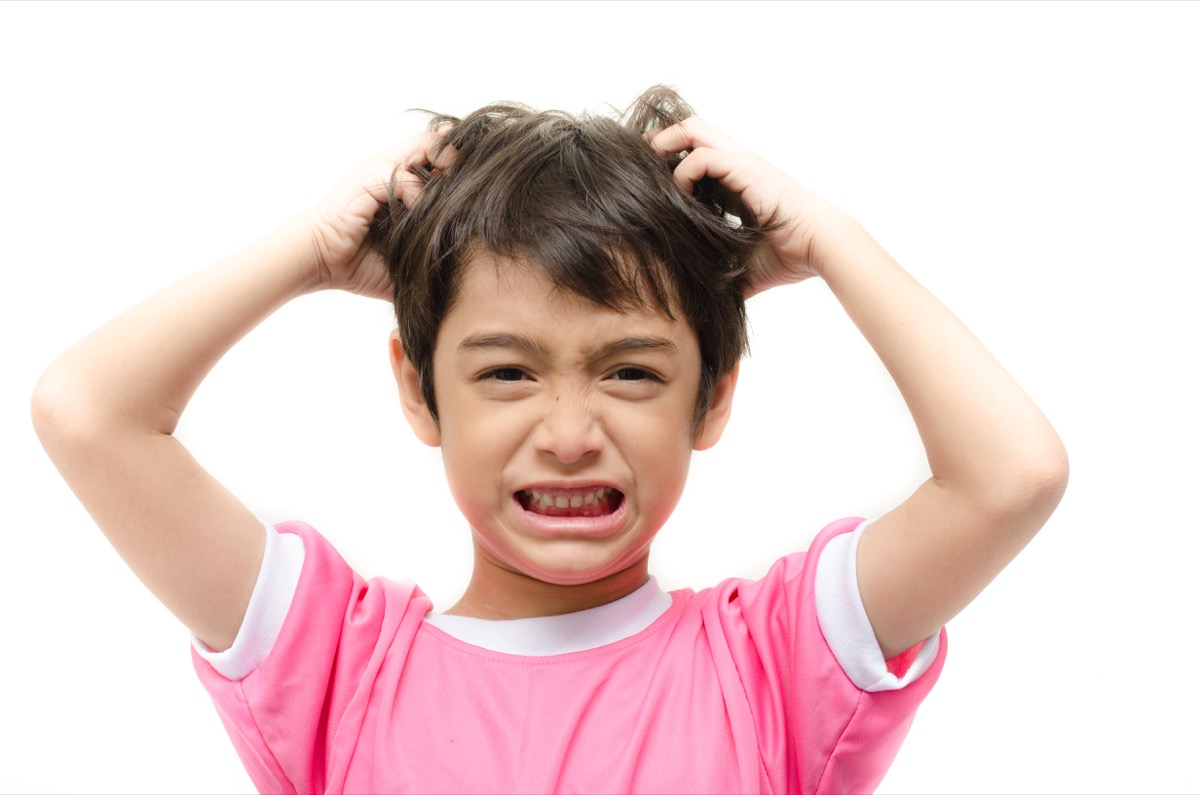
As the American Academy of Dermatology confirms, head lice are on a quest for human blood, and it doesn't really matter to the parasites whether your hair is freshly shampooed or well on its way to pirate-tier dreads. To keep yourself (and your kids) safe, remember the rules from elementary school: Don't share combs, brushes, hats, or helmets, and avoid any games that have head-to-head contact.
7
Camels store water in their humps.
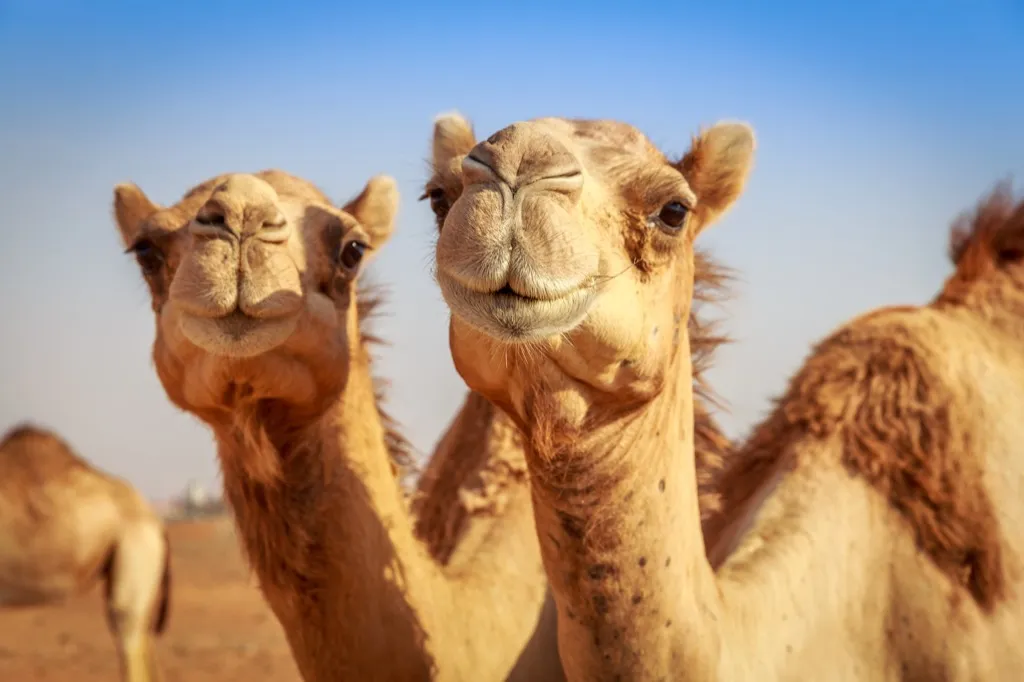
These desert-dwelling creatures don't store water in their hump (or humps, if we're talking about the two-humped Bactrian camel). Rather, they do rely on their hump as a storage facility for up to 80 pounds of fat, according to National Geographic. When needed, the camel can break down that fat into nutrients or water—making the myth about the hump full of water somewhat rooted in fact.
8
Bats are blind.

As a 2013 study conducted by scientists at Tel Aviv University revealed, bats are adept enough to integrate both sight and sound (a.k.a., echolocation) in a triangulation method as they close in on their prey. Still, the researchers write, "echolocation is better than vision for detecting small insects even in intermediate light levels." In other words: Just because bats can technically see, their echolocation skills are far superior.
9
Polar bear fur is white.

Much like they actually don't sip on Coca-Colas (shocking, we know), polar bears also don't live up to another more commonly believed myth: their fur is not truly white. The truth is actually much cooler (pardon the pun). The World Wildlife Fund confirms that polar bears actually have black skin and translucent fur, which appears white because of its lack of pigment, combined with the way light reflects off the bears' snowy, white surroundings.
10
Toads give you warts.
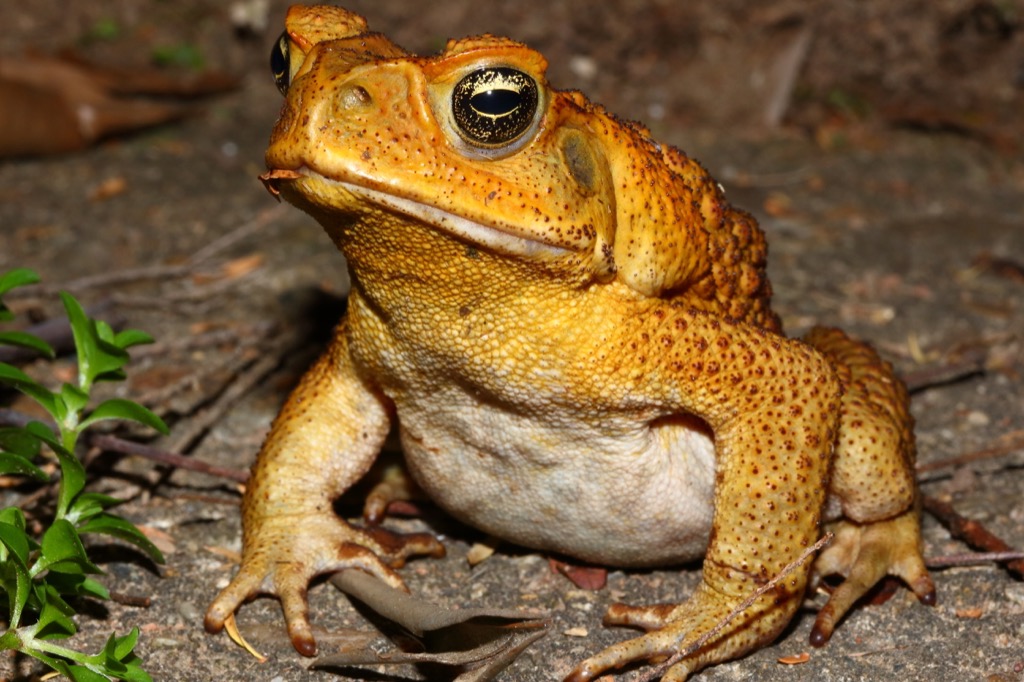
Contrary to the popular old wives' tale, a brush with a toad will not cause you to break out in warts (and neither will touching a frog, for that matter). The Burke Museum of Natural History and Culture, which is affiliated with the University of Washington, explains that, though these amphibians do possess rather unbecoming bumps on their own bodies, these are just glands, and they will not cause warts. So feel free to kiss a frog, if that's your thing.
11
Lemmings commit mass suicide.

Despite the prevalence of this popular myth, at no point do lemmings uniformly agree that it's time for entire swathes of their population to make a mad dash off the nearest cliff. The Alaska Department of Fish and Game explains that this myth was propagated by a 1950s Disney nature documentary, White Wilderness, which purported to show a pack of lemmings casting themselves into the sea. (It came out later that the scene in the film was faked.)
Zoologist Gordon Jarrell, who is affiliated with the University of Alaska Fairbanks, explains on the Fish and Game website that the truth about lemmings is actually much more nuanced than simply a mass death wish. Jarrell says that when lemming populations become overcrowded, individual lemmings will engage in dispersal—and sometimes that does mean swimming across the sea in an often-fatal attempt to reach a fresh food source.
12
Possums use their tails to hang upside down.
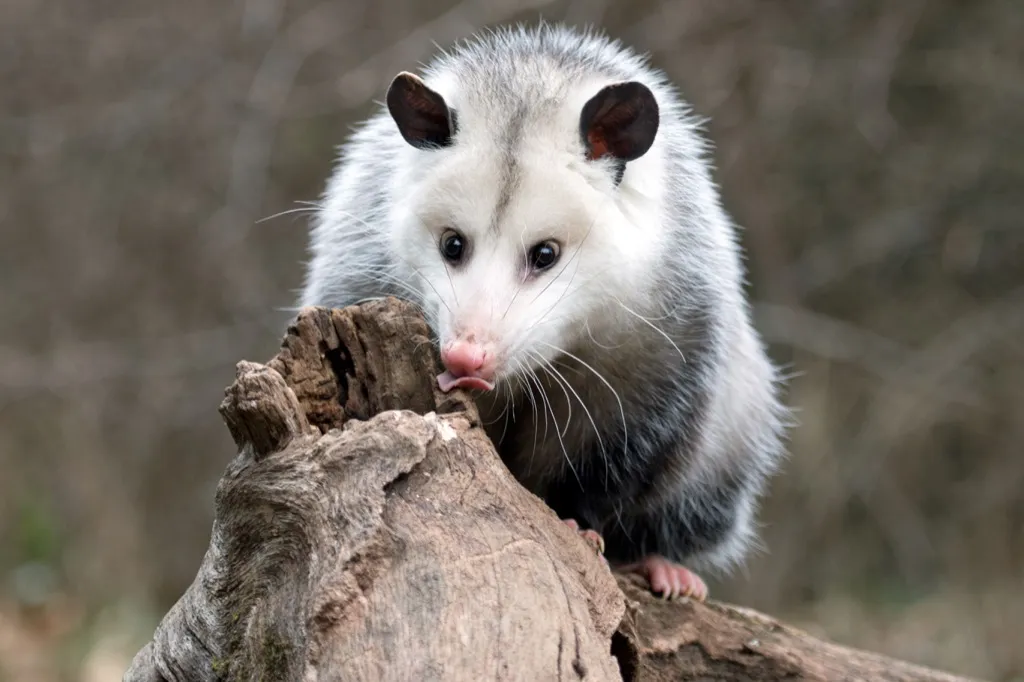
They might play dead, but possums (more formally known as opossums) don't live up to other stereotypes about their habits. As detailed by the Opossum Society of the United States, the opossum has a prehensile tail, which is useful for many moves, including "grasping branches, balancing, and carrying nesting material." But this little fella never uses its tail to hang upside down.
13
Owls turn their heads a full 360 degrees.

Those wise birds might know a lot, but it's not like they have eyes in the back of their heads. In fact, owls can't make an entire circular rotation with their necks. Still, they can come pretty close. National Geographic reports that owls can crane their necks a maximum of 270 degrees (three-quarters of a full rotation) before they risk tearing their tendons.
14
Daddy longlegs are the world's most venomous spiders

Your childhood camping trips might have been inundated with nightmares about the "daddy longlegs"—a creature with spindly, lengthy legs that general camping lore seems to label as the world's most poisonous spiders. The catch? Daddy longlegs are supposedly plagued with a mouth too small to actually release all that deadly venom. If you're still of that mindset, you can assuage those fears. As the Entomology Department of the University of California, Riverside says, there are no toxicological records to prove their extreme venom or otherwise confirm this tall (long) tale.
15
Dogs' mouths are cleaner than ours
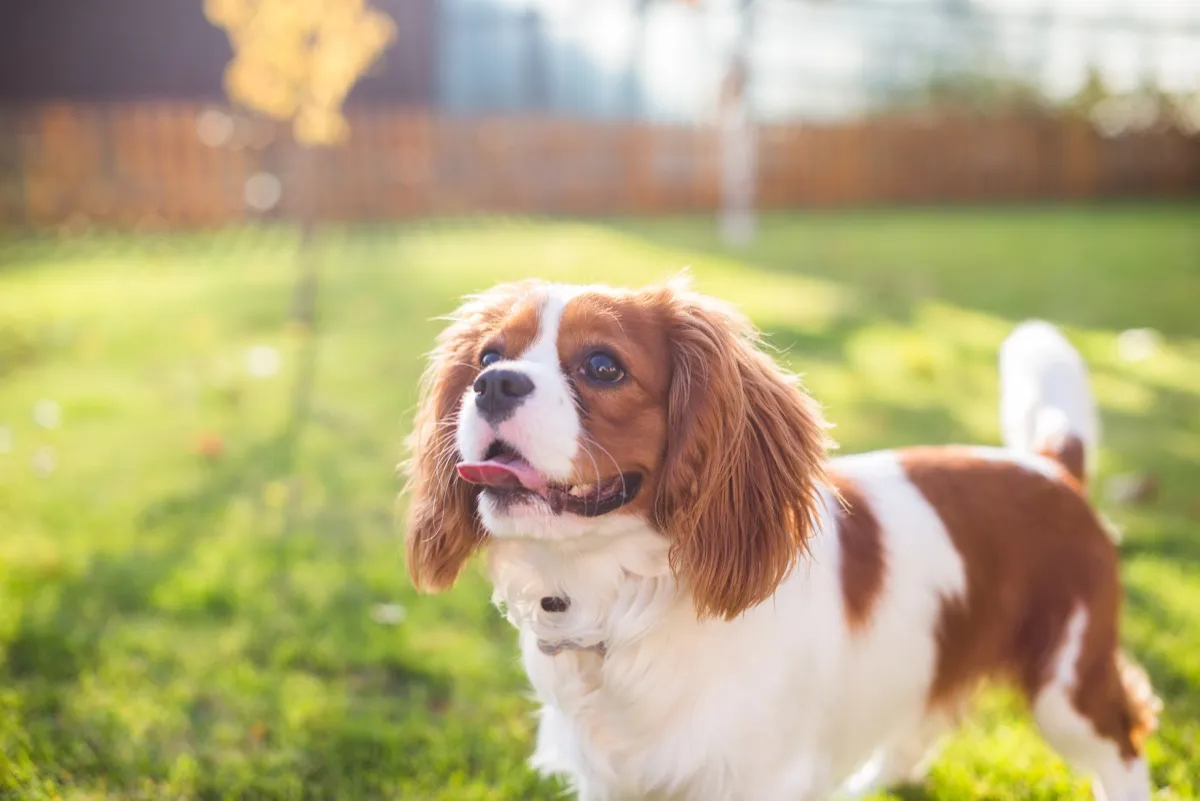
Maybe you should think twice before letting Fido lay a big wet one on your face. According to the American Kennel Club, man's best friend's mouth isn't any more sanitary than man's—especially since dogs have more than 600 different kinds of bacteria in their mouths. And from a practical standpoint, just think about all the things you constantly scold your dog for chomping on. There's no way the little pup's attempts to pull last week's leftovers from the trash leave her mouth any cleaner than yours.
16
Vinegar repels flies.

You're probably familiar with the idiom, "You catch more flies with honey than with vinegar," a lesson meant to teach young children the importance of sharing and minding our Ps and Qs. But when it comes down to the nitty gritty of actually chasing flies out of your kitchen, how many homemade fly traps call for honey as an ingredient? Many, like Southern Living's concoction, include a heavy pour of apple cider vinegar. In fact, on 2015 study in eLife revealed that, at least for a certain species of fruit fly, the most seductive scent is that of acetic acid, or "the chemical that gives vinegar its pungent aroma."
17
Roosters only crow in the morning.
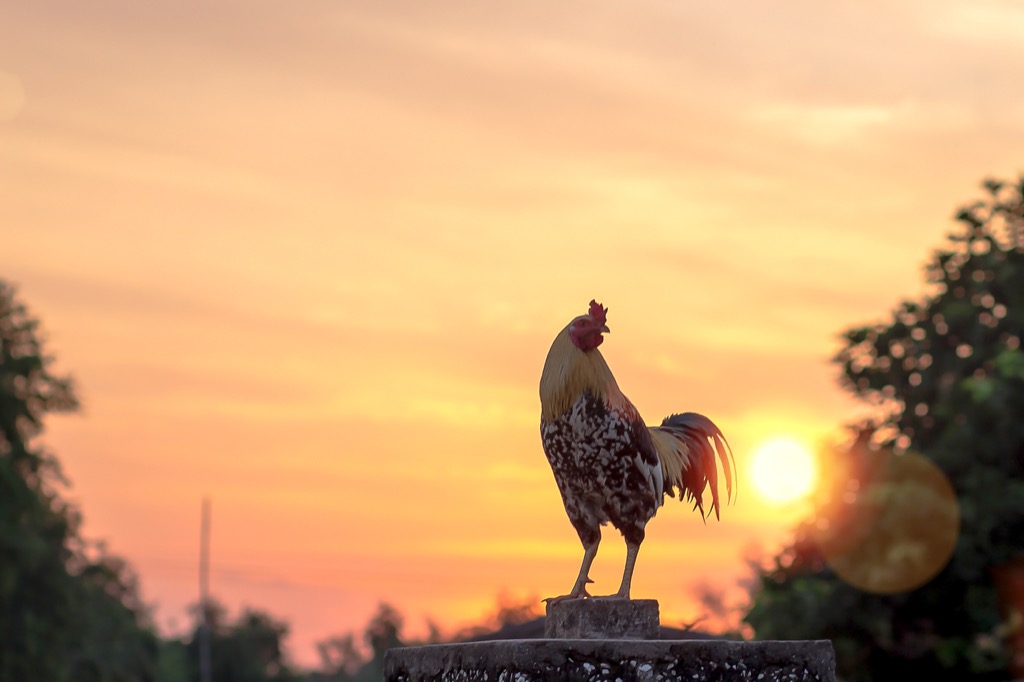
Ideally, "cock-a-doodle-doo" only comes at the break of dawn, but most roosters have other agendas. RoysFarm, a digital community dedicated to helping today's farmers learn "modern farming methods," mentions that the average rooster might crow "between 12 to 15 times" throughout any given day.
18
Cats only purr when they're happy.
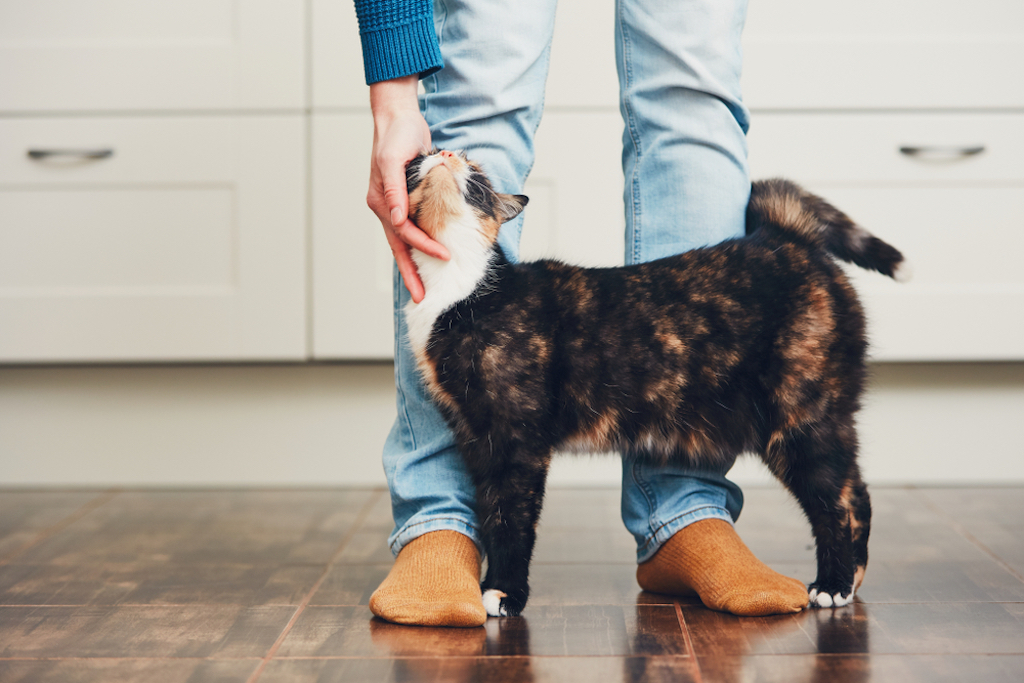
Sure, you might feel extra loved when your cat cuddles up against you and starts sounding like a small motor, but veterinarians confirm that cat purrs can signal more than just happiness. As the Humane Society of the United States, cats do usually purr when they're happy, but they also might purr when they are sick or anxious, using the familiarity of their own inner rumbles as a source of comfort. And for more little-known communiques from your furry friend, here are 30 Surprising Ways Your Cat Communicates With You.
19
Elephant trunks work like straws.

Elephants are just like us—when it comes to an inability to drink water through their noses, anyway. Rather, according to the International Elephant Foundation, elephants have perfected the art of sucking water up into their trunk, then bringing their trunk to their mouth to use as a "hose" to funnel the water in. Suffice it to say: there's no chugging going on with those trunks.
20
Bees always die after they sting you.
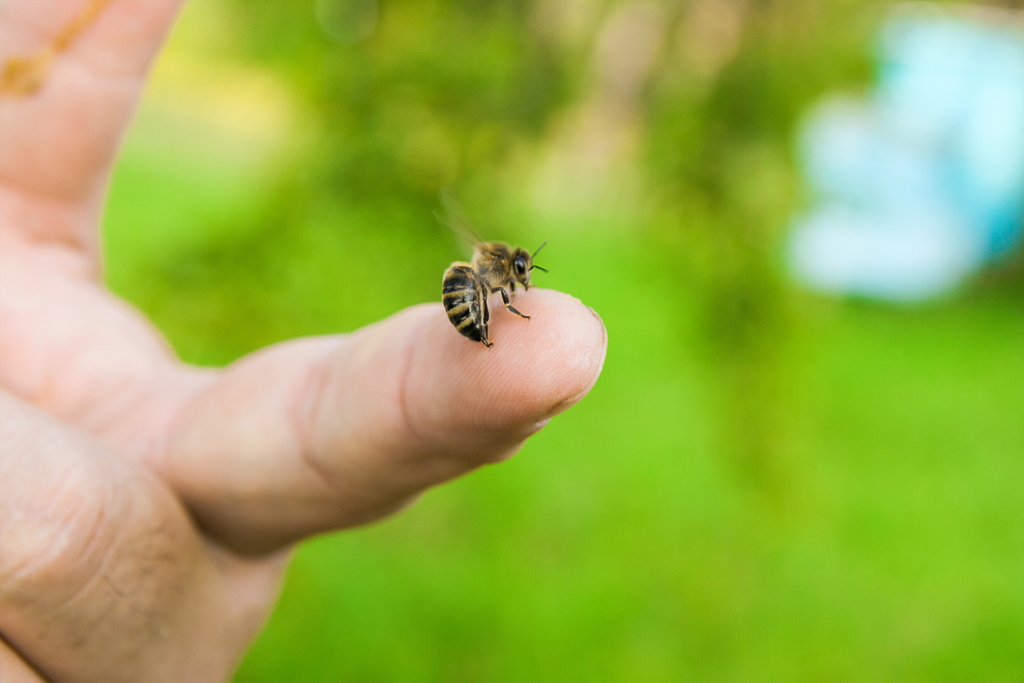
Did your mother ever try to console you after a painful bee sting by telling you that at least the bee had died? Odds are, she was probably wrong about that. According to the National Pest Management Association, only honeybees actually die after stinging. Other species of bees—like bumblebees or carpenter bees—can keep on buzzing. Next up, check out these 100 Facts So Crazy You Won't Believe They're Actually True!
To discover more amazing secrets about living your best life, click here to follow us on Instagram!
